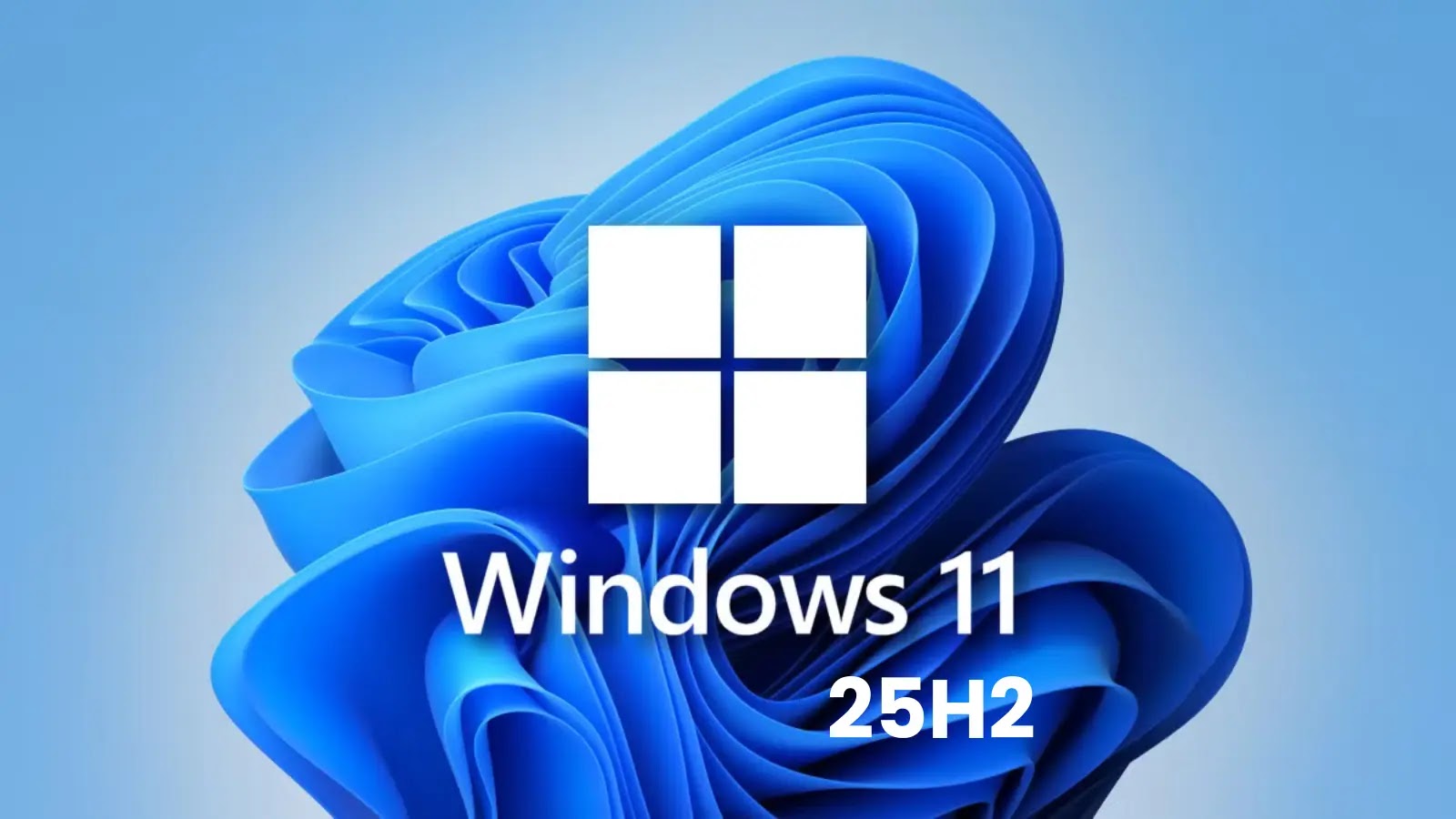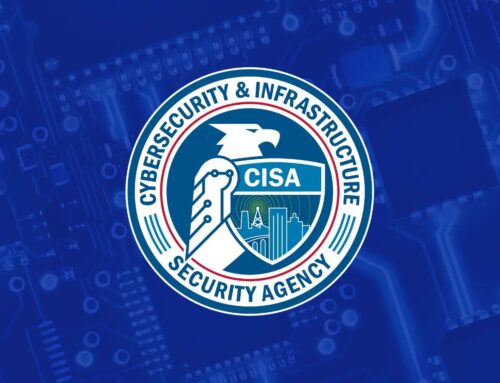
Windows 11 25H2 Released for General Availability – Know Issues and Mitigations
Windows 11 25H2 General Availability: What You Need to Know
The digital landscape consistently drives forward, and with it, operating systems evolve to meet growing demands for performance, security, and user experience. Microsoft has officially rolled out Windows 11, version 25H2, also known as the Windows 11 2025 Update. This significant feature update, available for general release since September 30, 2025, marks a critical juncture for IT professionals, security analysts, and developers. Understanding its implications, especially regarding potential issues and their mitigations, is paramount for maintaining robust and secure environments.
The 2025 Update: Phased Rollout and Service Model
Microsoft is distributing Windows 11 25H2 through a staged rollout, ensuring a controlled and measured deployment to eligible devices. This approach, characteristic of modern operating system updates, allows for the identification and resolution of unforeseen issues before widespread impact. Designed as a service, Windows 11 25H2 will receive periodic updates, delivering continuous enhancements and security patches. This service model mandates a proactive stance on patch management and system monitoring.
Key Features and Enhancements in Windows 11 25H2
While the focus of this analysis is on potential issues, it’s worth noting that Windows 11 25H2 brings a host of new features and performance improvements. These often include advancements in security architecture, user interface refinements, and deeper integration with cloud services. Stay tuned for Microsoft’s official release notes for a comprehensive overview of new functionalities.
Known Issues and Emerging Concerns in Windows 11 25H2
With any major operating system release, particularly one as complex as Windows, initial challenges and incompatibilities are anticipated. While specific CVEs linked directly to Windows 11 25H2 at its general availability are yet to be widely published, historical patterns suggest several areas warrant close attention:
- Application Compatibility: Older or niche line-of-business applications may experience compatibility issues, leading to functional disruptions or crashes. Enterprises should rigorously test critical applications in a staged environment.
- Driver Incompatibilities: Updated graphics, network, or peripheral drivers might be required. Outdated drivers can cause system instability, performance degradation, or hardware malfunctions.
- Performance Degradation: Certain hardware configurations might experience unexpected performance dips post-update, particularly concerning CPU or memory utilization.
- Security Software Conflicts: Third-party antivirus, Endpoint Detection and Response (EDR), or other security solutions may require updates or specific configurations to function correctly with the new OS version.
- Networking Issues: Intermittent network connectivity problems, VPN failures, or DNS resolution issues can sometimes emerge due to changes in the network stack.
Mitigation Strategies for a Smooth Transition
Proactive planning and systematic execution are crucial for a successful transition to Windows 11 25H2. Organizations should implement a robust strategy to minimize potential disruptions and security risks.
- Staged Deployment and Testing: Do not deploy widely immediately. Start with a small pilot group of non-critical systems to identify and resolve issues early. Gradually expand the deployment as confidence grows.
- Application Compatibility Testing: Thoroughly test all mission-critical applications on Windows 11 25H2. Utilize Microsoft’s App Assure program if compatibility issues arise.
- Driver Updates: Ensure all hardware drivers are up-to-date. Visit hardware manufacturers’ websites for the latest Windows 11 25H2 compatible drivers.
- Backup and Recovery Plan: Before initiating any upgrade, ensure comprehensive system backups are in place. A robust recovery plan will mitigate data loss and minimize downtime if an upgrade fails.
- Monitor System Performance: Post-update, actively monitor system performance metrics (CPU, RAM, disk I/O) to detect any regressions.
- Update Security Solutions: Liaise with security vendor partners to confirm their products are fully compatible with Windows 11 25H2 and apply any recommended updates or configurations.
- Stay Informed: Regularly consult official Microsoft documentation, release notes, and security advisories for ongoing support and critical updates. Keep an eye on any CVE-XXXX-XXXXX advisories that may be issued specific to this release.
Essential Tools for Deployment and Monitoring
Leveraging the right tools can streamline the deployment process and enhance environmental visibility during and after the Windows 11 25H2 upgrade.
| Tool Name | Purpose | Link |
|---|---|---|
| Microsoft Endpoint Configuration Manager (MECM) | Centralized deployment, patching, and application management. | Microsoft Website |
| Windows Update for Business | Manages and schedules Windows updates for organizational devices. | Microsoft Learn |
| Windows 11 Compatibility Check app | Assesses device readiness for Windows 11 upgrade. | Microsoft Website |
| Microsoft Defender for Endpoint | Advanced threat protection, EDR, and vulnerability management. | Microsoft Website |
| Performance Monitor (perfmon.exe) | Built-in Windows tool for real-time performance monitoring. | Microsoft Learn |
Conclusion
The release of Windows 11 25H2 represents a significant evolution in Microsoft’s operating system strategy. While feature updates inherently bring improvements, they also introduce potential challenges that demand a meticulous, security-focused approach. By understanding the phased rollout model, anticipating common issues, and implementing robust mitigation strategies with the right tools, organizations can navigate this transition effectively. Proactive testing, continuous monitoring, and staying informed will be the cornerstones of a secure and stable Windows 11 25H2 environment.





